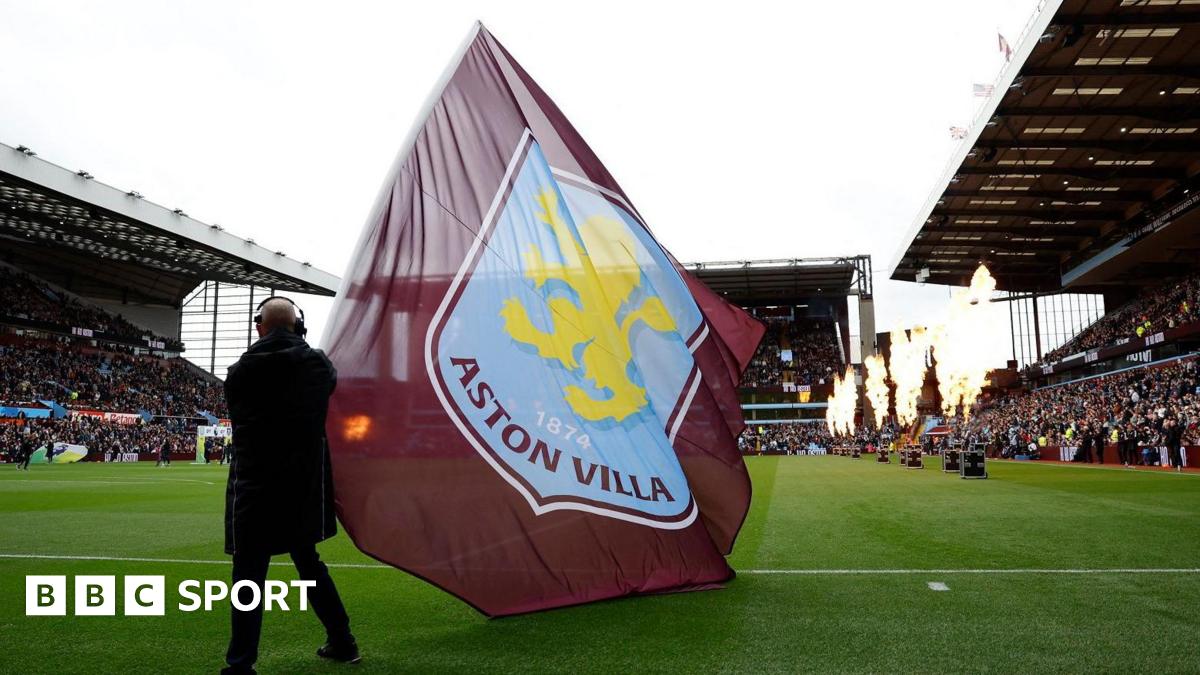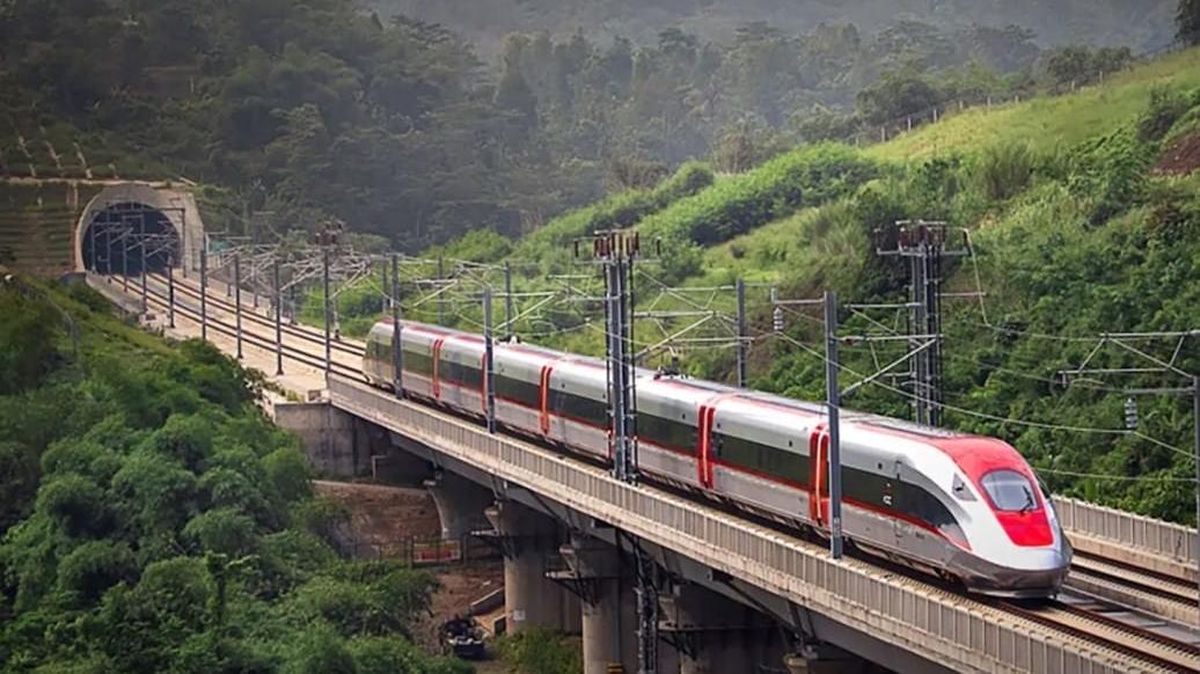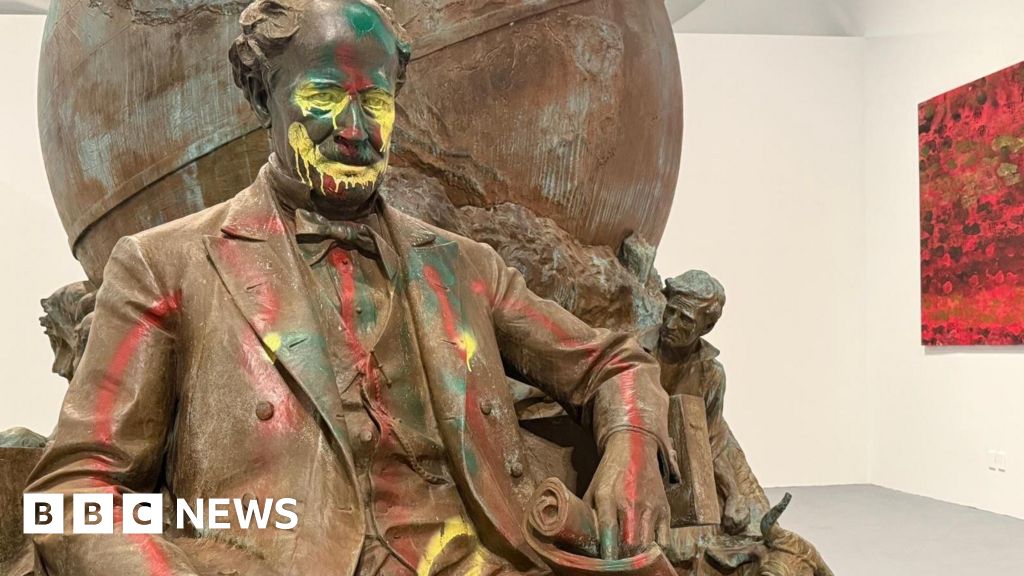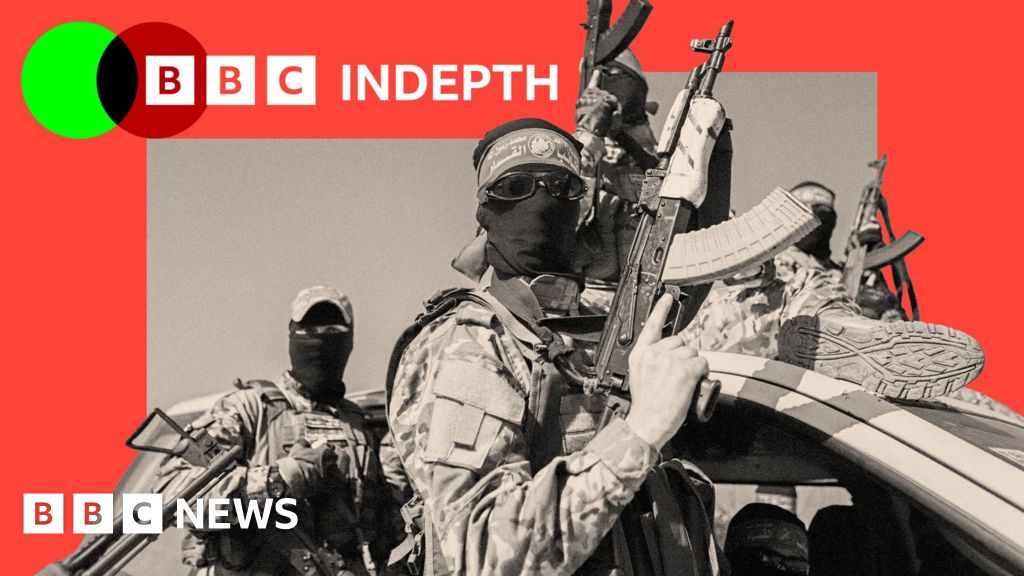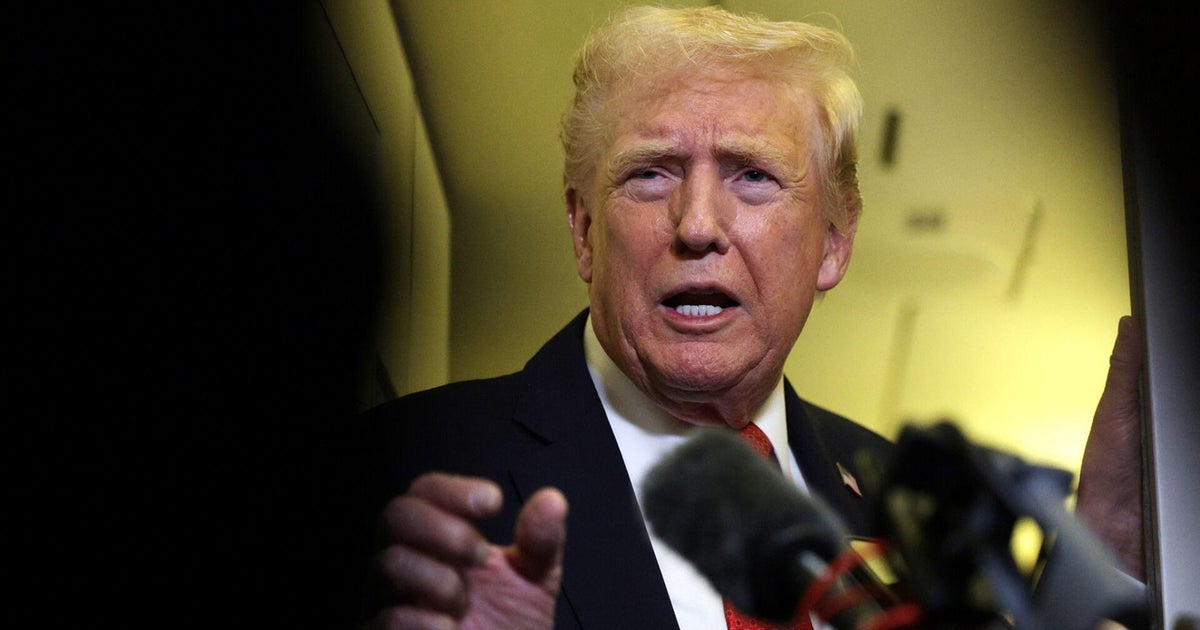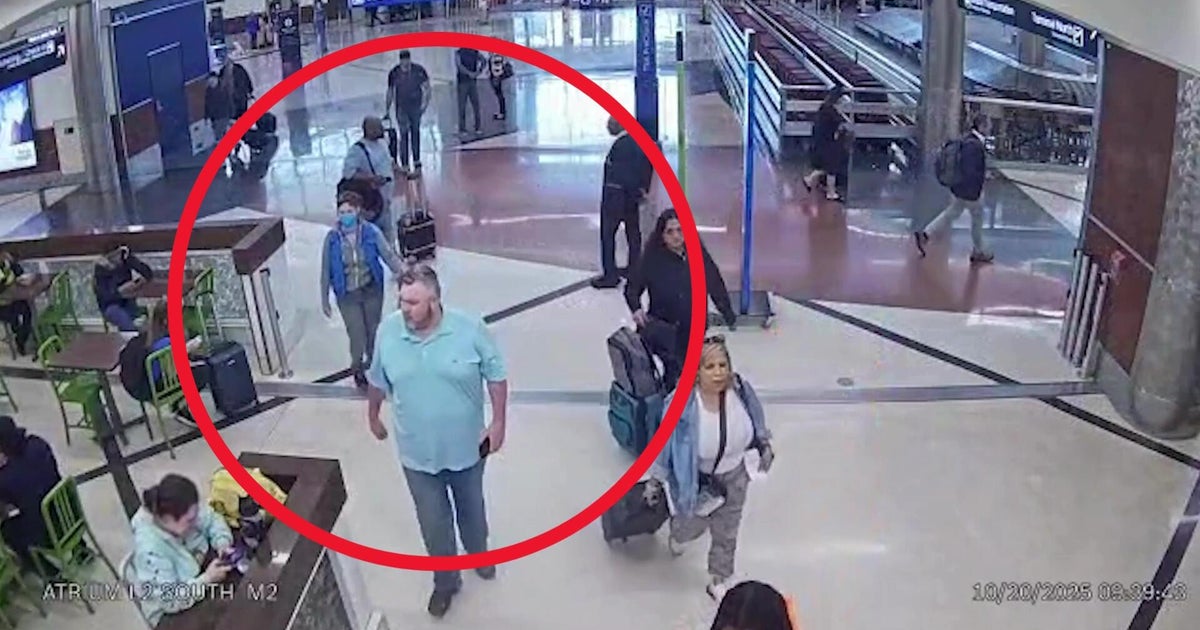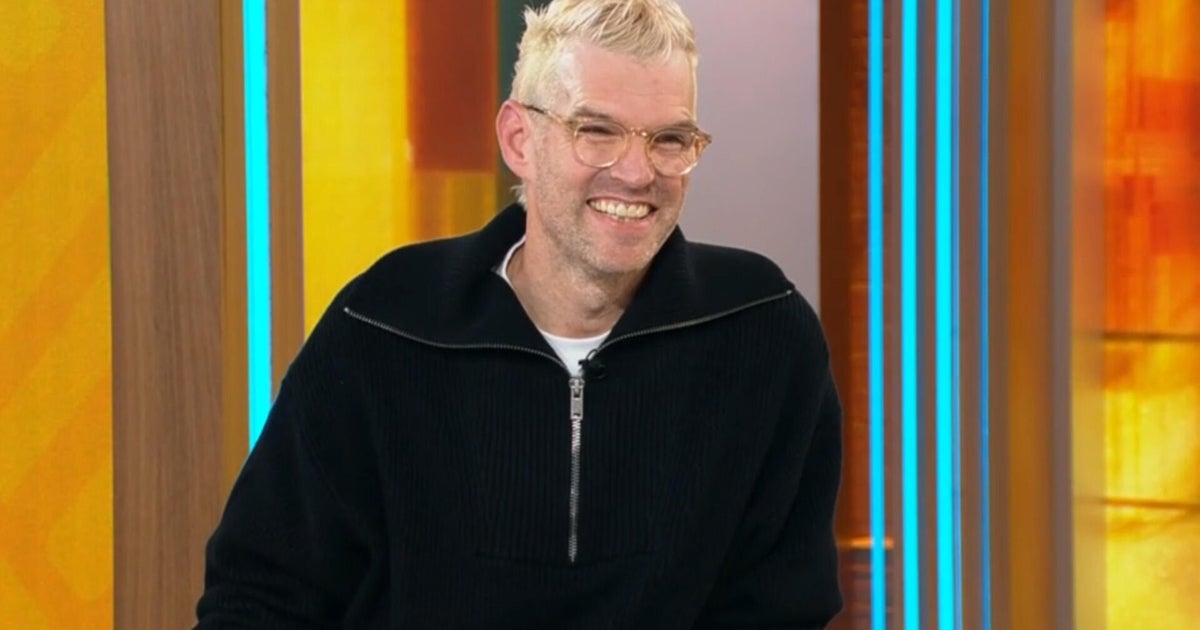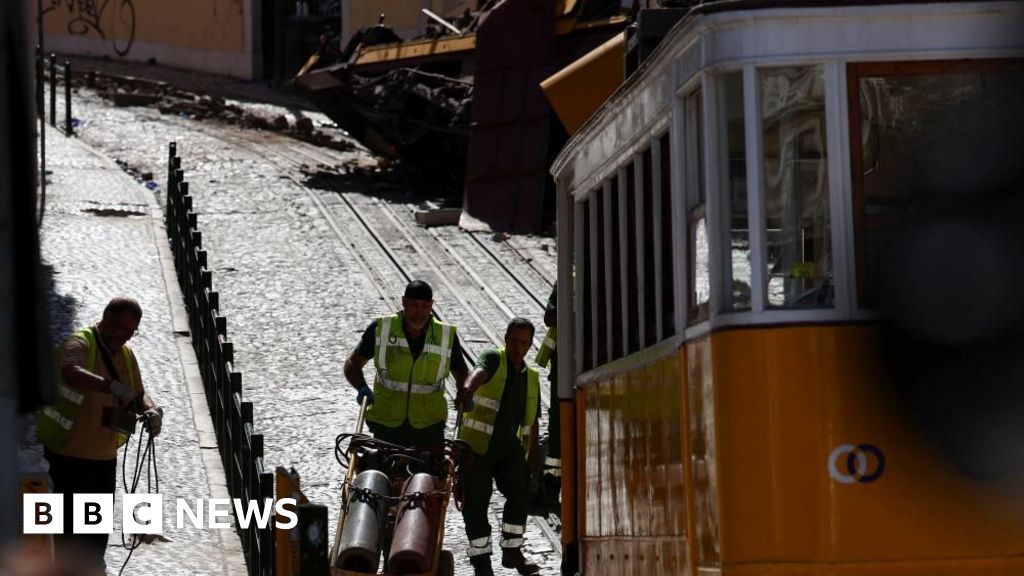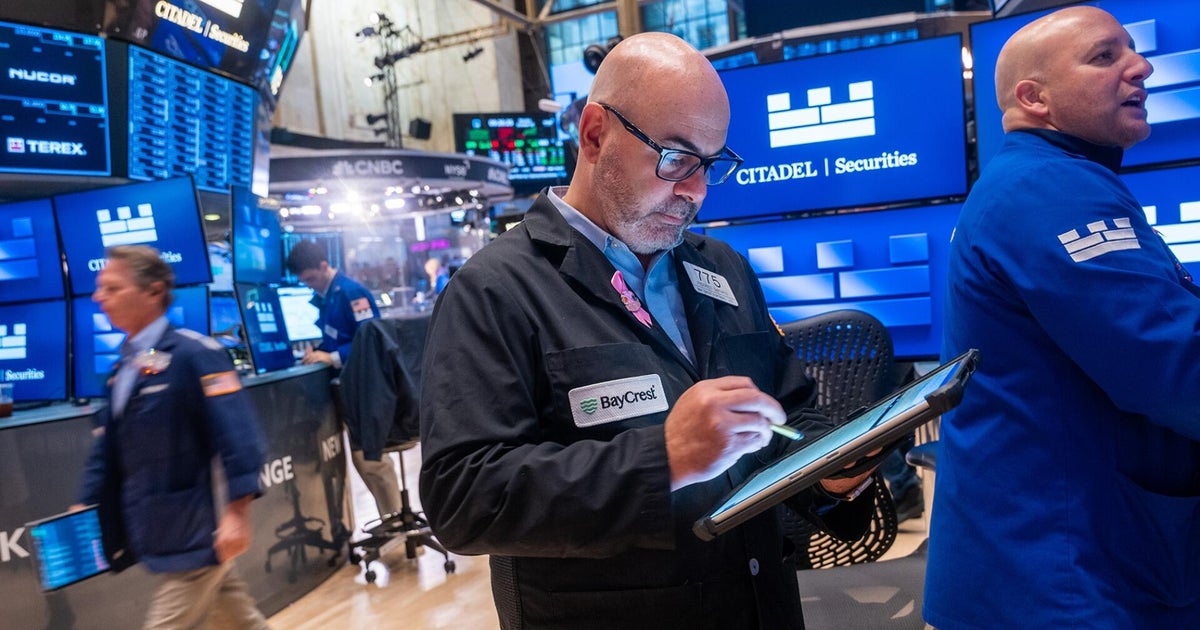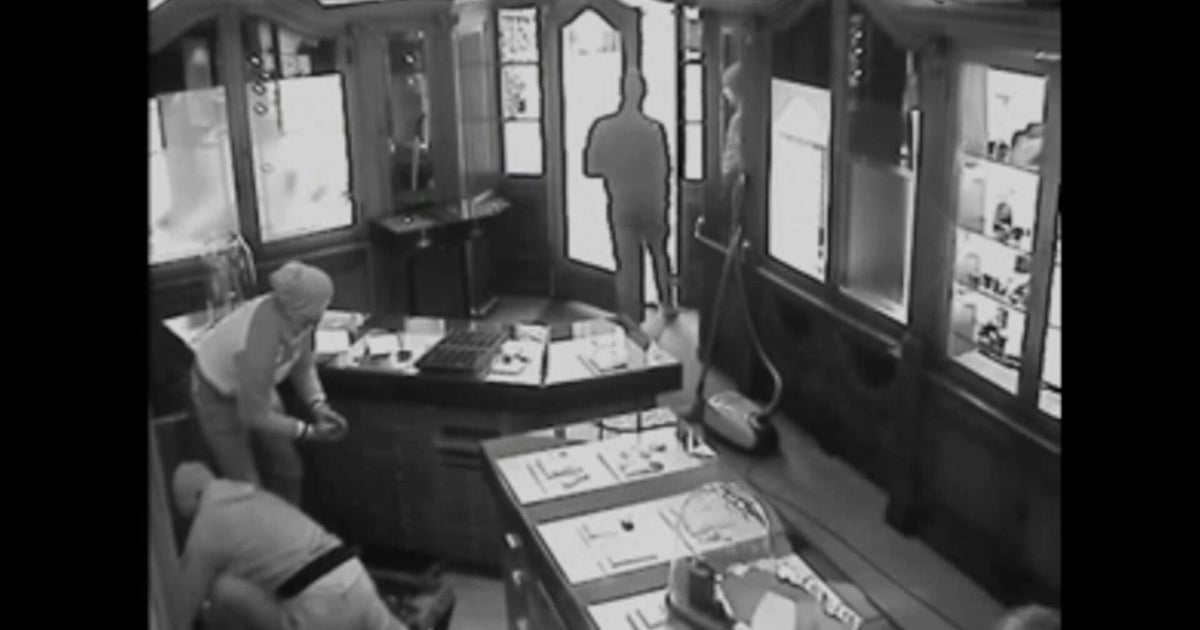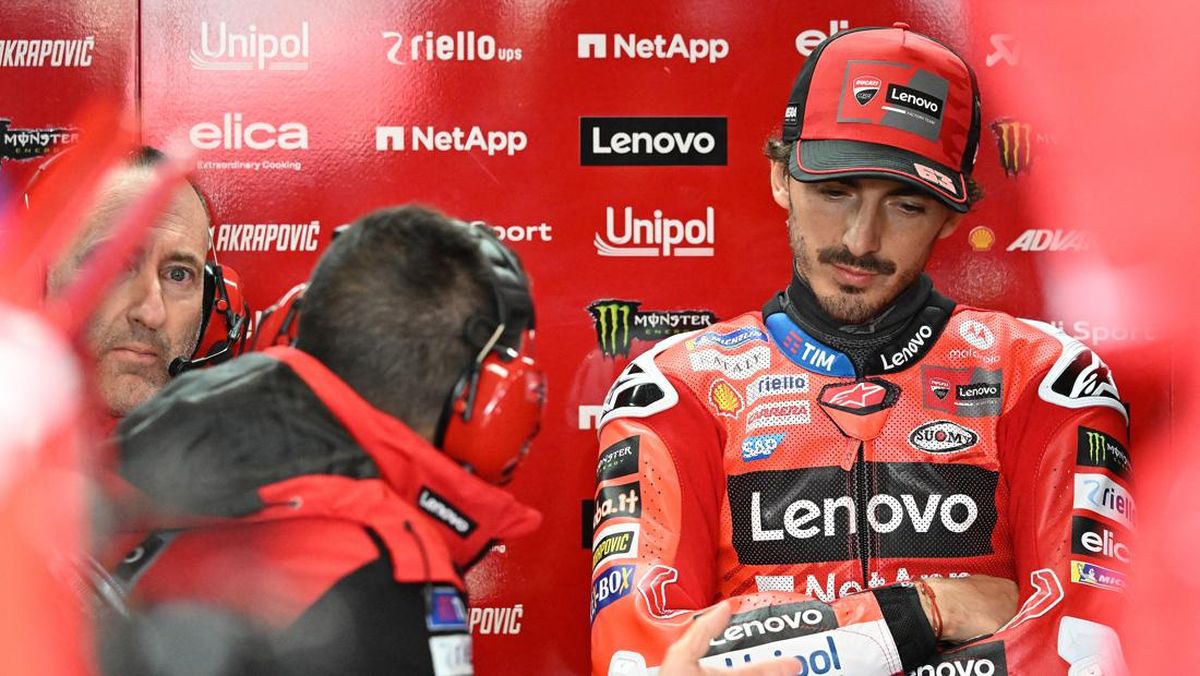First, there were the simple raffle tickets. Then came a chance to be one of the “chopper chics”. Now, there are lavish Cirque du Soleil-style balls and $2000 per table lunches at the Newcastle racecourse.
What began as a tin-rattling charity drive in local shops and surf clubs has evolved into a full-blown corporate machine for the Westpac Rescue Helicopter Service, raising concerns among former staff about whether fundraising efforts have diverted the service from its core mission.
Westpac Rescue tells its donors, who give everything from spare change to bequests in their wills, that their support helps save lives.
The message is simple: “Every dollar counts.“
But the service’s spending on fundraising and events, including lavish balls, high teas, mountain biking trips and golf days, outstrips that of other NSW services.
On Sunday, a joint investigation by the Herald and 60 Minutes revealed disturbing allegations of a toxic workplace culture at the service, which covers an area from Newcastle to the Queensland border and is operated independently of Westpac Lifesaver, which undertakes missions in Sydney.
The Westpac Rescue service on Monday announced it would order an independent investigation and that it would share findings with NSW Ambulance, the NSW Ministry of Health and Westpac bank. However, it would not commit to releasing the full findings of the review to the public and it continued to deny “there are ongoing endemic safety or cultural issues within the organisation”.
“The service is proud of who we are and what we stand for,” chief executive Steven Underwood said in a statement. “We readily acknowledge that our organisation can always improve, and we remain committed to do so.”

Westpac Rescue chief executive Steven Underwood.Credit: Westpac Rescue
Underwood was responding to whistleblowers’ claims of sexual harassment, bullying, safety breaches and endemic dysfunction inside the organisation published by this masthead, including one letter signed by 11 employees, almost 10 per cent of staff, that said a “culture of fear” had taken hold within the service. Westpac bank said it was “deeply disappointed” by the allegations. Health Minister Ryan Park urged staff to report their concerns to SafeWork NSW.
One former staff member said of the allegations: “You’ve got all those other people who donate their wonderful money to an organisation to protect people, not realising that internally, these people are getting destroyed.“
The former staff member is one of several who requested anonymity to protect their careers in the highly specialised world of helicopter emergency rescue.
According to the latest annual report from 2023-24, NSW Ambulance provides Westpac Rescue more than $40 million a year, which covers its core operations. Westpac Rescue tops up its budget with donations from the public. The latest figures show it spent 40 per cent of the $17 million it raised on fundraising and events. Sponsorships accounted for $3.9 million, most of which came from Westpac Bank, which has supported the service for 50 years but has no operational oversight.
When sponsorship money is excluded, only 50 per cent of donations went into running the service.
The CareFlight rescue service spent 27 per cent of donations received on fundraising, mostly in the form of a CareFlight bear merchandising.
Westpac Lifesaver, a separate rescue service covering Sydney, spent 6 per cent of donations received on fundraising and events.
Westpac Rescue balls are extravagant affairs held in front of vintage fighter planes, with celebrity MCs, dance troupes, acrobats, live portraiture and stacks of faux gold bullion.
This year, a photo robot known as a “Glambot” transformed the 50th anniversary held at the Newcastle Entertainment Centre into a Hollywood-style red-carpet event, while performers draped in gold leaf serenaded staff and supporters.
It was one of three Westpac Rescue balls held this year in Newcastle, Bengalla and the Central Coast.
“In the old days, we were literally going door to door knocking. It was tins on counters collecting 20 cents here and there. It was to help with the aircraft,” one former staff member said.
In total, the service spent $6.5 million on fundraising and events in 2023-24, including horse racing days, four-day mountain bike trail rides, high teas and regular golf days attended by Westpac Rescue executives and senior staff.
The growing extravagance fuelled tension between executives, who would set ambitious fundraising targets, and frontline staff who said they saw it as a distraction.
Female supporters of the service, known as “Chopper Chics”, were once invited into the hangar to drink champagne while pilots and air crew were on duty to fly critical missions.
“There were times when road ambulances would come into the hangar with a critically unwell patient for us to then get into the air,” said one former staffer.
“What would happen if they came in with a two-year-old drowning that we’re working on in the hangar? While we’ve got 60-plus women in there, drinking champagne.
“It just defied belief.”
Sandra Van Der Laan, a University of Sydney accounting professor with expertise in not-for-profits, said Westpac Rescue should be more transparent about its costs, as it was spending a “significant proportion” of its intake on fundraising.
Loading
The service’s annual report showed that in 2023-24 it received $3.9 million in sponsorships, $2.4 million from workplace giving programs and $5.5 million in other donations. Special events netted about $3 million. Another $1.3 million came from housie (a game like bingo) and $740,000 came from retail sales, including at op shops.
But there is no breakdown of how much is spent on events or other costs.
“They’re not giving the public enough information to be able to assess whether the money they are spending on fundraising is appropriate,” Van Der Laan said.
Westpac Rescue says “every mission we fly is only made possible thanks to the generosity of our communities”.
But the most recent annual report shows the service received $42 million from the NSW government, which covered almost all of its direct expenditure on services, including helicopter operational expenditure and salaries of pilots, crews and engineers.

Westpac Rescue whistleblower Stacey Price.Credit: Steven Siewert
“Westpac [Rescue] would tell donors that without them, they would not have choppers in the sky – it’s not true,” said Stacey Price, a former training co-ordinator, who has launched a claim against Westpac Rescue alleging it failed to act on sexual harassment, bullying and safety breach disclosures.
Another former staff member said: “I tell everyone: do not donate because this place does not need money. Give it to kids with cancer or someone else.”
They recalled a PricewaterhouseCooper auditor asked the organisation: “Are you a marketing company that runs helicopters or a helicopter company that does marketing?”
“I thought that was a really telling statement because that’s exactly how I felt,” the former staff member said.
Westpac Rescue declined an interview request and it did not answer detailed written questions about fundraising.
“The service operates within a robust governance framework and is externally audited annually with compliant financial statements published each year,” a spokesman said in a statement.
Loading
The Australia Institute director of accountability Bill Browne said: “Residents could reasonably ask why these essential services need to be outsourced at all”, given Westpac Rescue’s direct services are almost entirely funded by the NSW government.
The law firm advising the state-run NSW Ambulance service on its multi-million dollar helicopter rescue contracts is Sparke Helmore, which also has strong ties to Westpac Rescue.
In 2022, the firm represented Westpac Rescue in a case brought by Susana Henderson, a former army captain who was found to have been unfairly sacked during training.
In 2023, Sparke Helmore also handled the service’s application to the NSW Supreme Court to change its trust rules and to allow for an expansion into new regions across the country.
Six weeks after an interim judgment was delivered in May that year, Sparke Helmore officially began work as an adviser to NSW Ambulance on the management of its helicopter rescue contracts.
The chair of the Westpac Rescue Helicopter Service at the time was John Davis, former national managing partner of Sparke Helmore. Davis spent three decades at the firm providing procurement and contract advice to government. Westpac Rescue’s general counsel, Angela Razborsek, is a former senior associate at Sparke Helmore.
Between 2023 and 2025, Sparke Helmore earned $500,000 advising the government on its chopper contracts, while continuing to act for Westpac Rescue, including in a workplace dispute with Price, the former training co-ordinator.
In July, Sparke Helmore won a $316,000 contract to provide legal advice to the government on procurement for new bases in Port Macquarie, Wagga Wagga and Moruya, after the government announced a $158 million expansion of the helicopter rescue network.
“When governments contract out advice to external consultants, the risk of conflicts of interest grows much greater,” Browne said.
A spokeswoman for Sparke Helmore declined to comment, citing “professional and ethical obligations”.
Westpac Rescue is now negotiating a new 10-year taxpayer-funded contract with NSW Ambulance worth an estimated $500 million.
Ryan Park said: “All contracts with NSW Health are subject to stringent procurement policies and processes.”
Start the day with a summary of the day’s most important and interesting stories, analysis and insights. Sign up for our Morning Edition newsletter.

